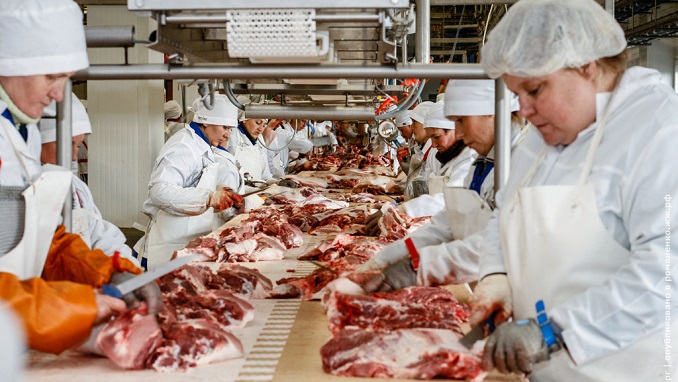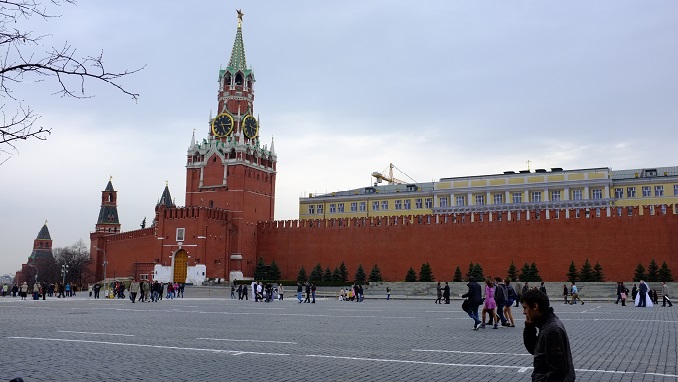Already massive plans by the Russian government to invest in a major project to make the domestic feed industry more effective and efficient are likely to cost even more, All About Feed reports.
In early November, the Russian Agricultural Ministry presented a new feed and feed additives development program, in which it was officially acknowledged that feeding was the Achilles heel of the Russian livestock industry.
“In recent years livestock production in Russia has increased, and farms have been using animals and birds with a high genetic potential, so it is impossible to optimize output without modern feeding technologies, high-quality feed and feed additives,” the Ministry said in an explanatory note to the program published on the official government website.
When it comes to feeding efficiency, feed additives play an important role, but in this segment, the country remains dependent on imports, the ministry said.
In particular, the ministry estimated Russia’s imports at 80% of amino acids, from 85% to 95% of feed antibiotics, from 70% to 90% of fermented feed, from 80% to 85% of mycotoxin neutralizers, 100% of feed vitamins, 30% of feed proteins of animal origin and 90% of micronutrients.
“This leads to an increase in the production costs of the feed industry and consequently to problems with the competitiveness of Russian livestock on the global market,” the ministry said.
The production costs and effectiveness of the Russian agricultural industry are crucial for Russian authorities. In 2018, Russian President Vladimir Putin ordered the government to double agricultural exports by 2024 to $45 billion per year. Russia exports a lot of agricultural products, but only a few categories have high added value. For instance, the Russian Federal Customs Service estimated that 36% of revenue from agricultural exports was generated by grain exporters and 17% by wild-fish exporters in 2018.
Russia has huge potential in increasing the export of high-added value products, such as meat and dairy products, but a substantial improvement in production costs is needed, so that Russian products are competitive on the global market, according to Russian Agricultural Ministry in 2019.
This is the first program of its kind in the Russian feed industry when the main focus was put not on increasing quantities, but on improved efficiency. The main goals set in the program are to improve the feed conversion ratio by 10% to 12% and to cut production costs by 12% to 15%, compared to the current rate, by 2025.
An increase in product performance is also envisaged: from 28.9 million tons in 2018 to 33.3 million tons in 2025. To meet those targets the government wants to spend 11 billion rubles ($180 million) in various forms, including on various R&D projects and as state aid to encourage new investors to engage in import-replacement projects in the Russian feed industry.



